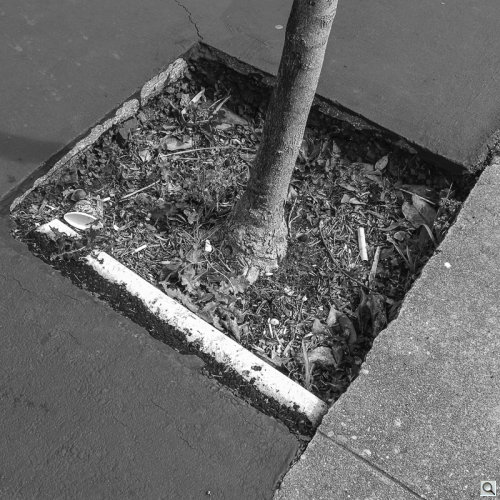Photo Corners headlinesarchivemikepasini.com
![]()
A S C R A P B O O K O F S O L U T I O N S F O R T H E P H O T O G R A P H E R
![]()
Enhancing the enjoyment of taking pictures with news that matters, features that entertain and images that delight. Published frequently.
Friday Slide Show: The Marina In Monochrome




6 October 2017
Oddly enough (which is our way of starting a confession), we've never published these 2012 images before. They're among our favorites. So we felt like we had, but we never did. Until today.
What about them makes us so fond of them? We've asked ourselves that over and over without quite coming up with an answer that satisfies us.
Because, frankly, they are not going to win any prizes.
And somehow, that doesn't matter. We can remember vividly setting the Olympus E-PL1 to shoot black-and-white JPEGs (contrary to our current preference to shoot Raw and convert to monochrome later). And we can just as vividly remember setting the aspect ratio to 6:6 (otherwise known as 1:1 in the mathematical world).
Why? Because we'd recently spent an afternoon with Arthur Tress at the de Young Museum. His recently discovered trove of 1960s images were shot in black-and-white on 120mm film using a square-format Hasselblad.
He'd been shooting in San Francisco then. Inspired by Walker Evans, he had wanted to use photography as "a creative method of social criticism." And, by happy coincidence, the Republican Convention that nominated Barry Goldwater took place that summer.
These images are just inspired by two restrictions: black-and-white and square format.
And his older sister Madelaine, who had passed away, had saved his prints for him in her closet. Cleaning out her place after her death, the prints were rediscovered and exhibited at the de Young.
But these are not imitative of his work, which was more street photography than these compositions. These images are just inspired by two restrictions: black-and-white and square format.
We took the bus to the Marina, composed our shots as we walked around and came back to the bunker, assembling a selection into a grid we printed on a 13x19 sheet. We thought of it as Bento box.
This time around our image editing tools have matured significantly. We were intrigued to discover what tweaks would matter and which would not.
Once again, we worked in Lightroom CC.
The Upright tool mattered a lot. It just straightened our subjects within the frame in a way we knew we had been overlooking. It was immediately a cleaner composition.
As monochrome captures, these were all JPEGs. There isn't a lot of latitude to adjust exposure in a JPEG (the photo of the rose is a good example). But there's more in Lightroom now than there used to be.
So we were able to crank up the Clarity, adjust the Exposure, dial back the Shadows and Highlights and add a pinch of Contrast to give these old images a bit more dimension than they previously had enjoyed.
We have a good feeling whenever we look at these old captures. And we have the feeling now that they are looking better than they ever had.
Comments
A real treat for us b&w fans. Thank you. -- Michael Melneck
